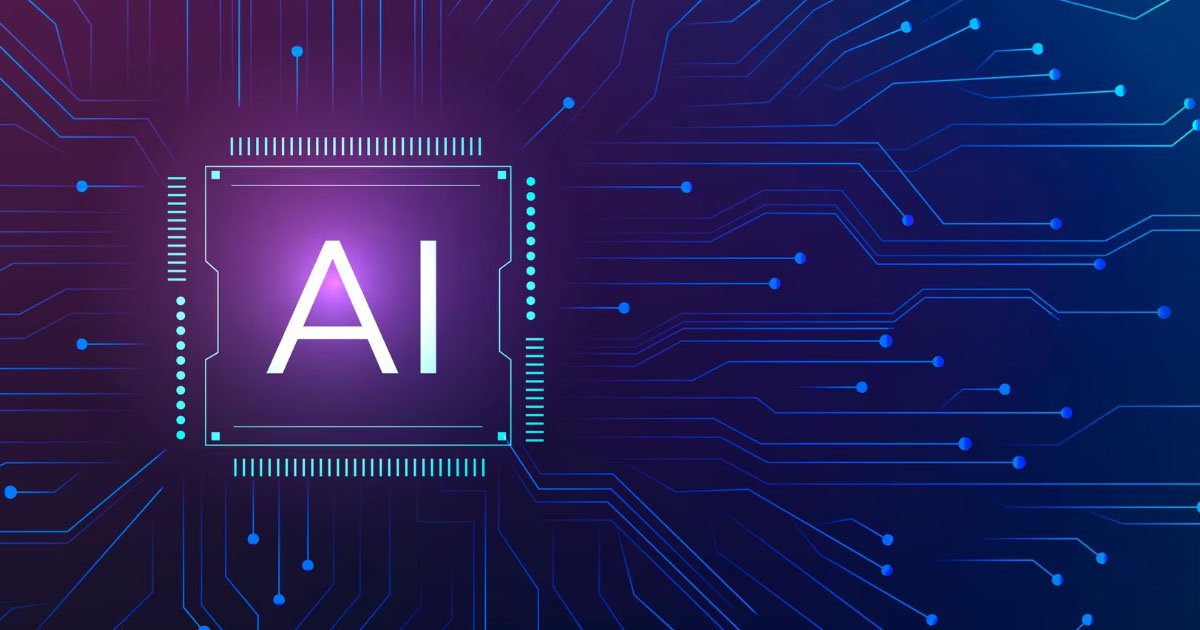Ever wonder how AI processes data so fast? Discover NVLink, InfiniBand, & RoCE: essential tech for modern computing. Fast, simple, and crucial.
NVLINK
Imagine you have several powerful graphics cards (GPUs) in one computer, and they need to talk to each other extremely fast to crunch huge amounts of data, especially for AI or scientific simulations. NVLink is NVIDIA’s special super-fast highway built specifically for these GPUs to communicate directly with each other, much faster than a regular road (PCIe). It allows them to share data and even memory, acting almost like one giant GPU.
Pros:
- Extremely High Bandwidth: Offers significantly faster data transfer between NVIDIA GPUs than traditional PCIe.
- Very Low Latency: Minimizes delays in communication, crucial for applications that need rapid data exchange (e.g., deep learning).
- GPU Memory Sharing: Allows GPUs to directly access each other’s memory, which is a game-changer for large AI models.
- Scalability within a Node: Excellent for multi-GPU setups within a single server, creating a powerful “super-GPU.”
Cons:
- Proprietary to NVIDIA: Only works with NVIDIA’s data center GPUs (e.g., A100, H100, L40S). Not compatible with AMD or Intel GPUs.
- Higher Cost: Systems with NVLink often require specialized hardware (NVLink bridges, compatible motherboards), increasing the overall cost.
- Limited Beyond Single Node: While great within a server, scaling across multiple servers still often relies on other networking technologies like InfiniBand or Ethernet.
- Less Versatile: Optimized specifically for GPU-to-GPU communication, less general-purpose than other interconnects.
InfiniBand
Think of InfiniBand as a dedicated, super-fast, and highly organized highway specifically designed for high-performance computing (HPC) clusters and large data centers. It’s built from the ground up for speed and efficiency, making it perfect for connecting many servers together so they can work as one massive supercomputer. It uses a special trick called RDMA (Remote Direct Memory Access) to allow devices to directly move data to and from each other’s memory without bothering the main computer’s brain (CPU), which makes it incredibly fast and efficient.
Pros:
- Highest Performance: Offers extremely high bandwidth and ultra-low latency, making it the top choice for demanding HPC and AI workloads.
- RDMA Native: Built with RDMA from the ground up, allowing for direct memory access between devices, bypassing the CPU and greatly reducing overhead.
- Lossless Network: Designed to be lossless, meaning packets are generally not dropped, ensuring reliable and consistent performance.
- Scalability for Clusters: Excellent for building large-scale clusters with thousands of interconnected nodes.
Cons:
- Higher Cost: Generally more expensive than Ethernet solutions, including specialized switches and network interface cards (NICs).
- Specialized Hardware: Requires dedicated InfiniBand switches and NICs, which are not as common as Ethernet hardware.
- Complexity: Can be more complex to set up and manage compared to standard Ethernet, requiring specialized knowledge.
- Limited Pervasiveness: While dominant in HPC, it’s not as universally adopted as Ethernet for general networking tasks.
RoCE (RDMA over Converged Ethernet)
RoCE is like taking the best part of InfiniBand (RDMA) and putting it on a regular Ethernet highway. It allows you to get the super-fast, CPU-bypassing data transfer of RDMA, but using standard Ethernet networking equipment. This means you can leverage your existing Ethernet infrastructure while still getting significant performance benefits for demanding applications.
Pros:
- RDMA Benefits on Ethernet: Brings the low latency and high throughput of RDMA to standard Ethernet networks, reducing CPU overhead.
- Cost-Effective: Can be more cost-effective than InfiniBand because it utilizes existing Ethernet infrastructure and components.
- Flexibility: Integrates well into existing data center networks that are primarily Ethernet-based.
- Wider Adoption: Leverages the widespread use and familiarity of Ethernet technology.
Cons:
- Requires Lossless Ethernet: To achieve InfiniBand-like performance, the underlying Ethernet network often needs to be configured as “lossless” (using features like Priority Flow Control – PFC), which adds complexity to network configuration. If not configured correctly, performance can suffer due to packet loss.
- Configuration Complexity: While using Ethernet, achieving optimal RoCE performance still requires careful network configuration and tuning.
- Latency Can Be Higher Than InfiniBand: While much better than regular TCP/IP over Ethernet, RoCE’s latency might still be slightly higher than native InfiniBand in some scenarios due to the underlying Ethernet layers.
- Switch Support: Requires Ethernet switches that support the necessary features for RoCE (e.g., PFC, ECN).
